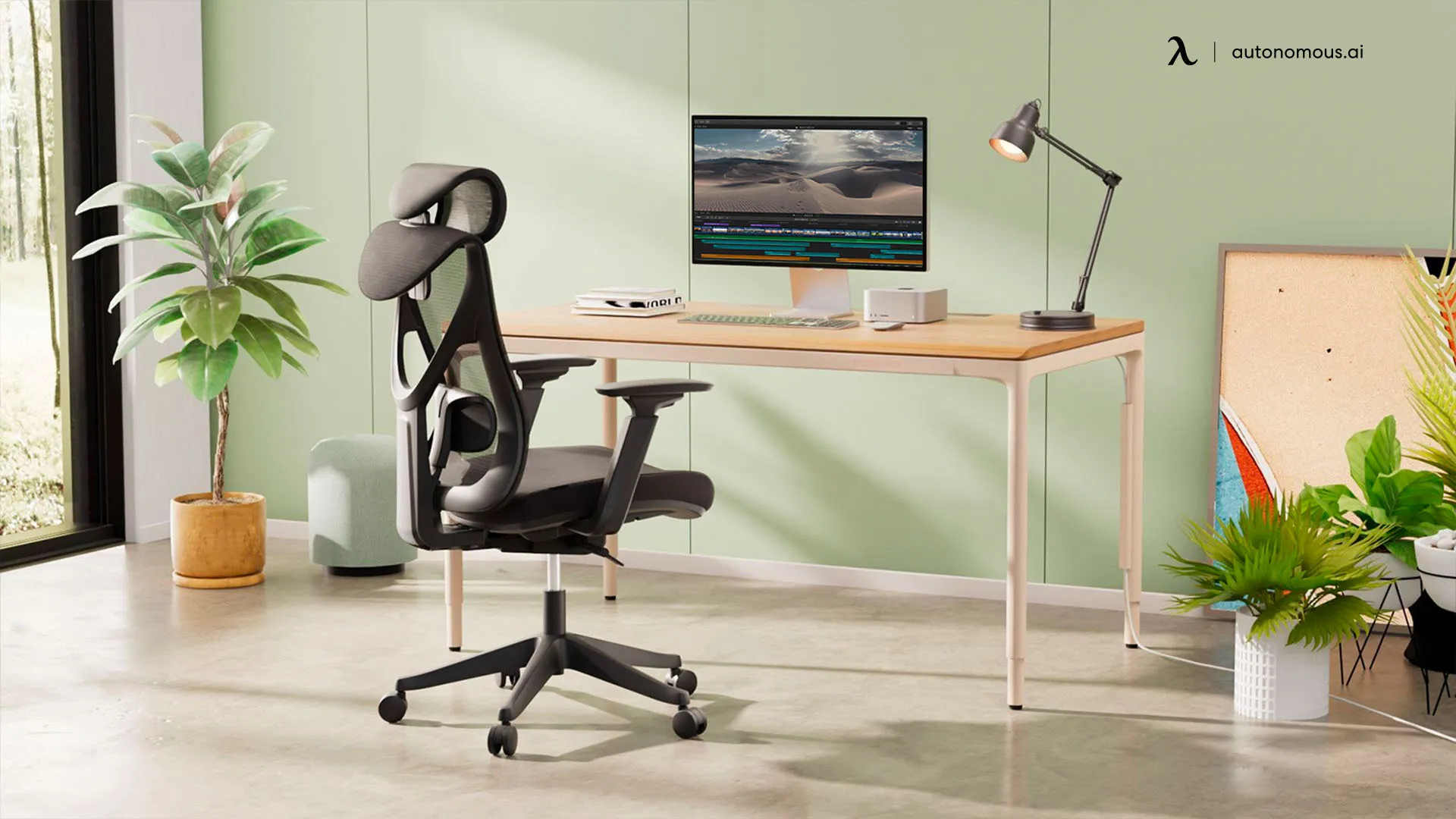
Ergonomic Desk Setups for Neck Pain Prevention
Table of Contents
Office workers frequently have neck pain, which is usually brought on by improper workstation ergonomics and prolonged sitting. Adopting an ergonomic desk setup for neck pain can significantly reduce discomfort.
The secret is to make sure that your chair, desk, and computer accessories are positioned correctly for appropriate neck support for the office chair. The finest ergonomic workstation configurations for neck discomfort are discussed in this article.
The Best Desk Setups to Avoid Neck Pain
1. Single Monitor Desk Setup
To prevent tipping your head up or down, place your monitor squarely in front of you at eye level, approximately an arm's length away. Make sure your knees are at a 90-degree angle, and your feet are flat on the ground by adjusting your chair.
If a monitor stand is required to get the right height, think about using one. Make sure the chair has an adjustable seat height and offers enough lumbar support. This configuration promotes a neutral posture and reduces pressure on the neck.
To maintain straight wrists and lessen shoulder strain, use a different keyboard and mouse.

2. Dual Monitor Desk Setup
For those using two monitors, position them side by side at the same height and distance from your eyes. Place the primary monitor directly in front of you and the secondary monitor to the side at a slight angle. Utilize a dual monitor stand to ensure both screens are at eye level.
This setup helps minimize neck rotation and strain, promoting a healthier posture. Ensure your chair supports proper alignment, and consider using a footrest to maintain ergonomic posture. This arrangement enhances productivity while reducing the risk of neck and shoulder pain.
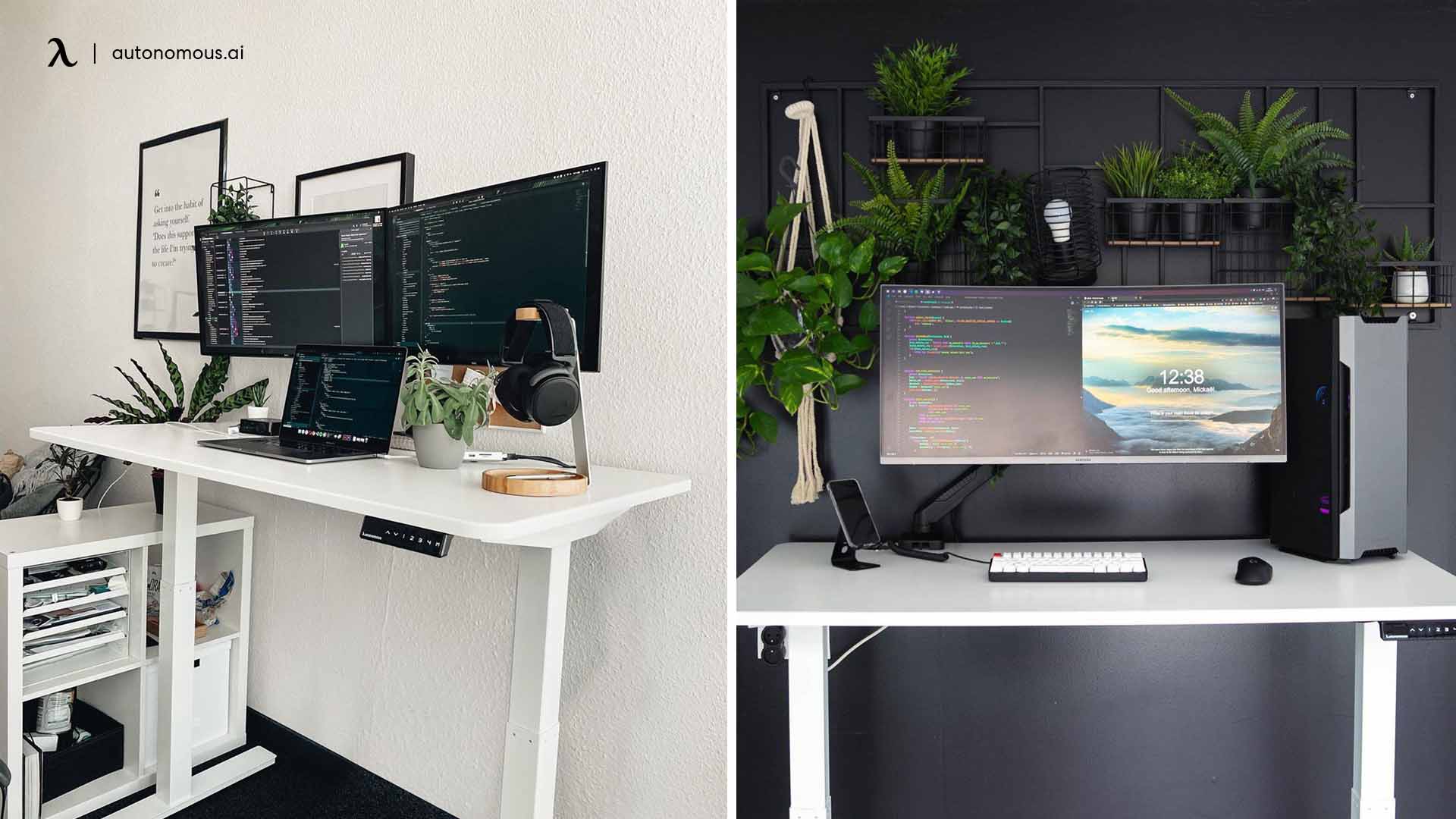
3. Standing Desk Setup
By allowing you to switch between sitting and standing during the day, a standing desk helps to relieve neck pain. Desk height should be adjusted so that your keyboard is at a comfortable typing height and your elbows are at a 90-degree angle while your display is at eye level.
When standing, use an anti-fatigue mat for increased comfort. When you sit, make sure your chair has the right lumbar support according to ergonomic design. Every hour, switch between sitting and standing to keep your body moving.
This ergonomic desk setup for shoulder pain will help you become less stiff and have better circulation.
/https://storage.googleapis.com/s3-autonomous-upgrade-3/static/upload/images/new_post/important-features-in-ergonomic-computer-desk-3819-1642483056343.jpg)
4. Laptop Desk Setup
Use a laptop stand to raise your laptop so that the screen is at eye level when using it. To keep your wrists in a neutral posture and prevent pressure on your neck and shoulders from hunching over your laptop, use a separate keyboard and mouse. Make sure your knees are at a 90-degree angle, your feet are flat on the floor, and your back is properly supported by adjusting your office chair with a headrest.
By keeping your posture neutral, this arrangement lowers your chance of developing neck problems.
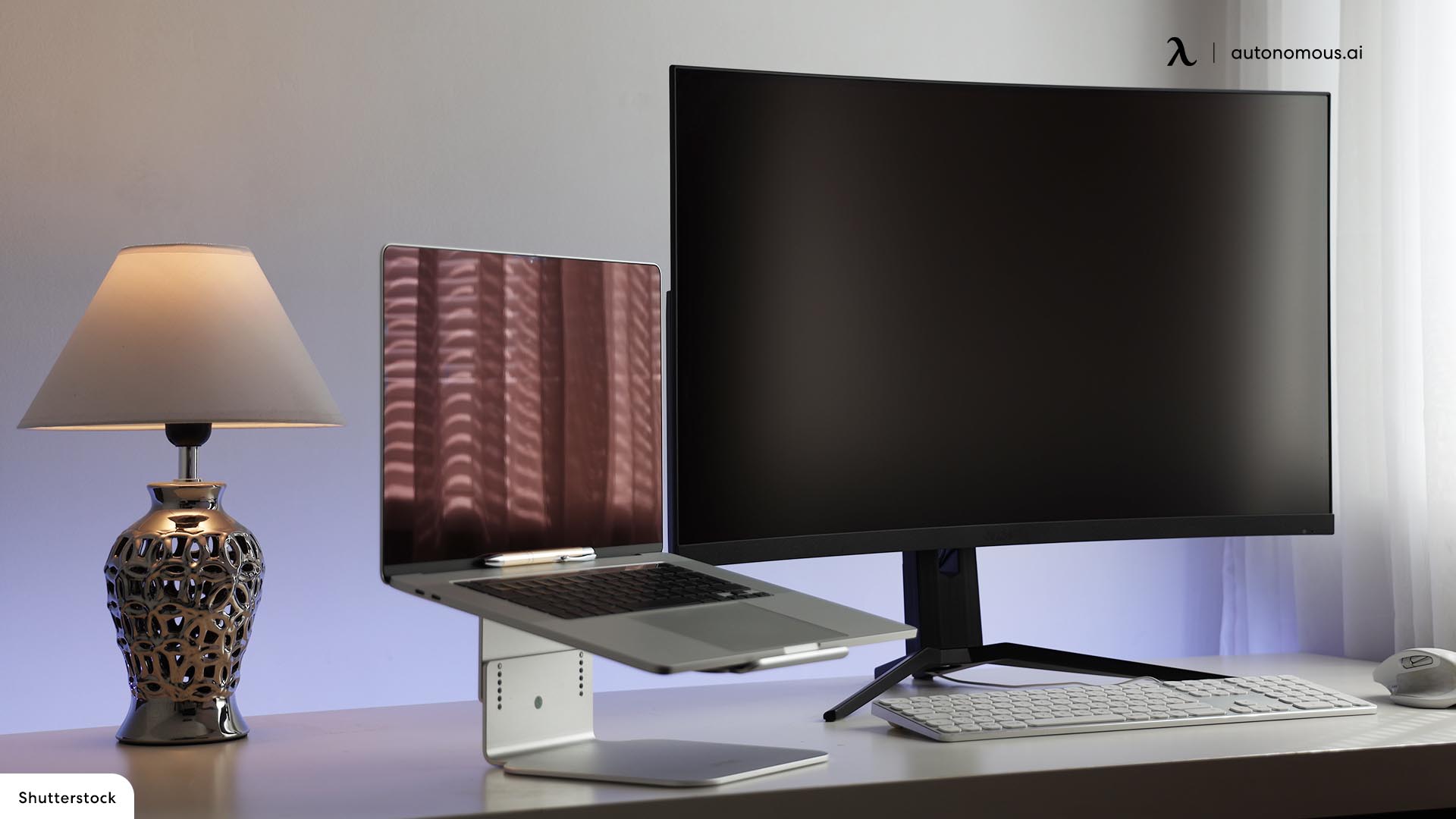
5. Corner Desk Setup
Utilize a corner desk to maximize space and efficiency. Position your monitor in the corner directly in front of you at eye level. Use the additional desk space for office accessories like a document holder and a phone stand to reduce the need to look down frequently.
An ergonomic chair with adjustable height and lumbar support is essential. A monitor arm can also help achieve the correct monitor height and angle. This setup keeps everything within easy reach, promoting a more organized and ergonomic workspace, reducing neck and shoulder strain, and enhancing overall comfort.
/https://storage.googleapis.com/s3-autonomous-upgrade-3/static/upload/images/new_post/top-20-corner-desk-ideas-2522-1627873544677.jpg)
6. Minimalist Desk Setup
Keep your desk clutter-free to enhance focus and reduce distractions. Position your monitor at eye level, and ensure your chair is adjusted for comfort with proper lumbar support. Use cable management solutions to keep cords organized and out of the way. A minimalist setup reduces visual stress and promotes a cleaner, more organized workspace.
This setup encourages better posture and reduces neck strain by eliminating unnecessary movements.
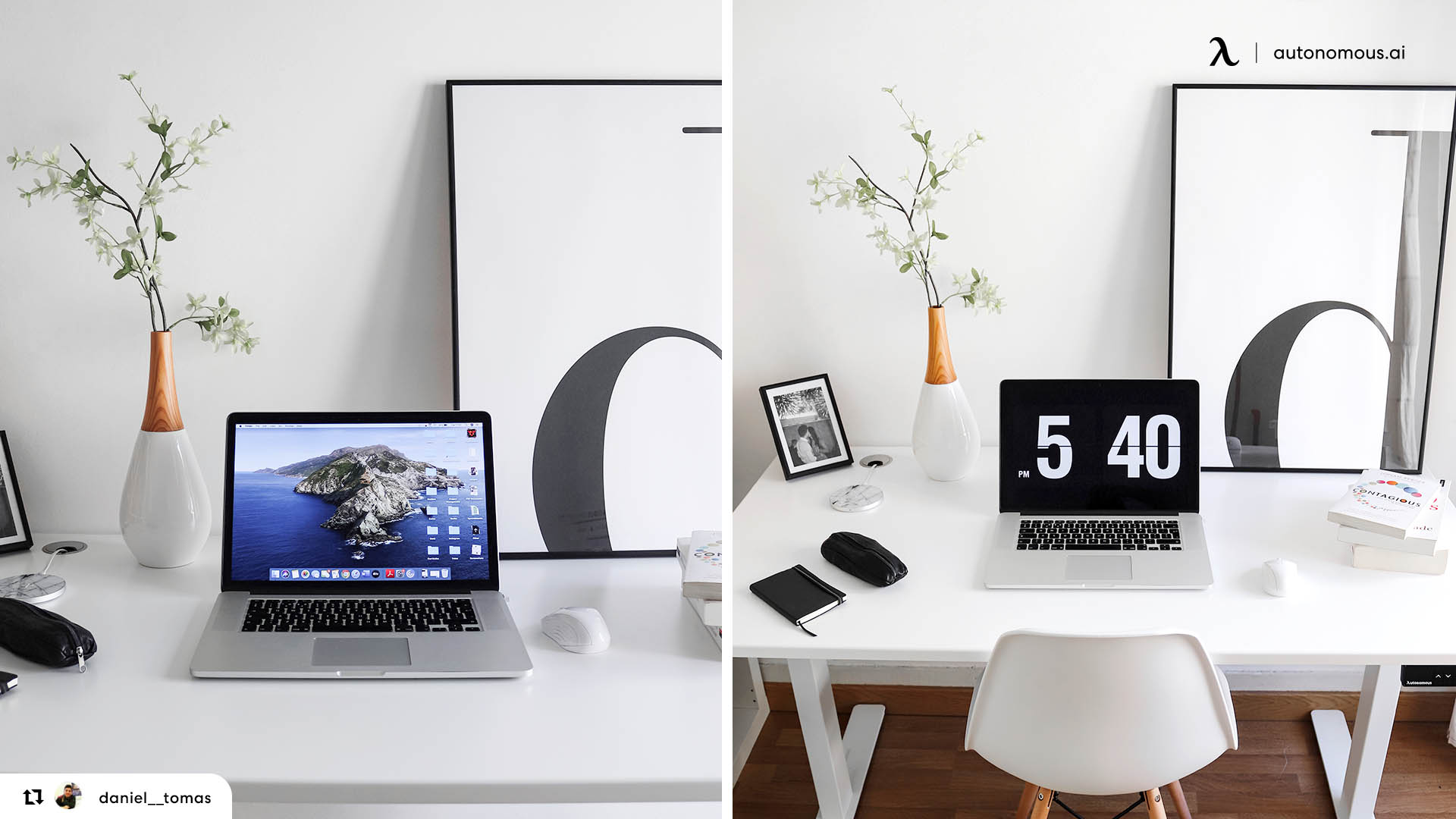
7. Multi-Functional Desk Setup
A multi-functional desk can accommodate various activities, such as writing, typing, and reading. Use a large desk surface to spread out your materials and ensure your monitor is at eye level. Keep frequently used items within reach to avoid unnecessary stretching or straining. An adjustable desk lamp provides adequate lighting for different tasks, reducing eye strain.
A chair with lumbar support and adjustable features enhances comfort and productivity. This versatile setup supports a variety of work activities while maintaining good posture and reducing the risk of neck and shoulder pain.
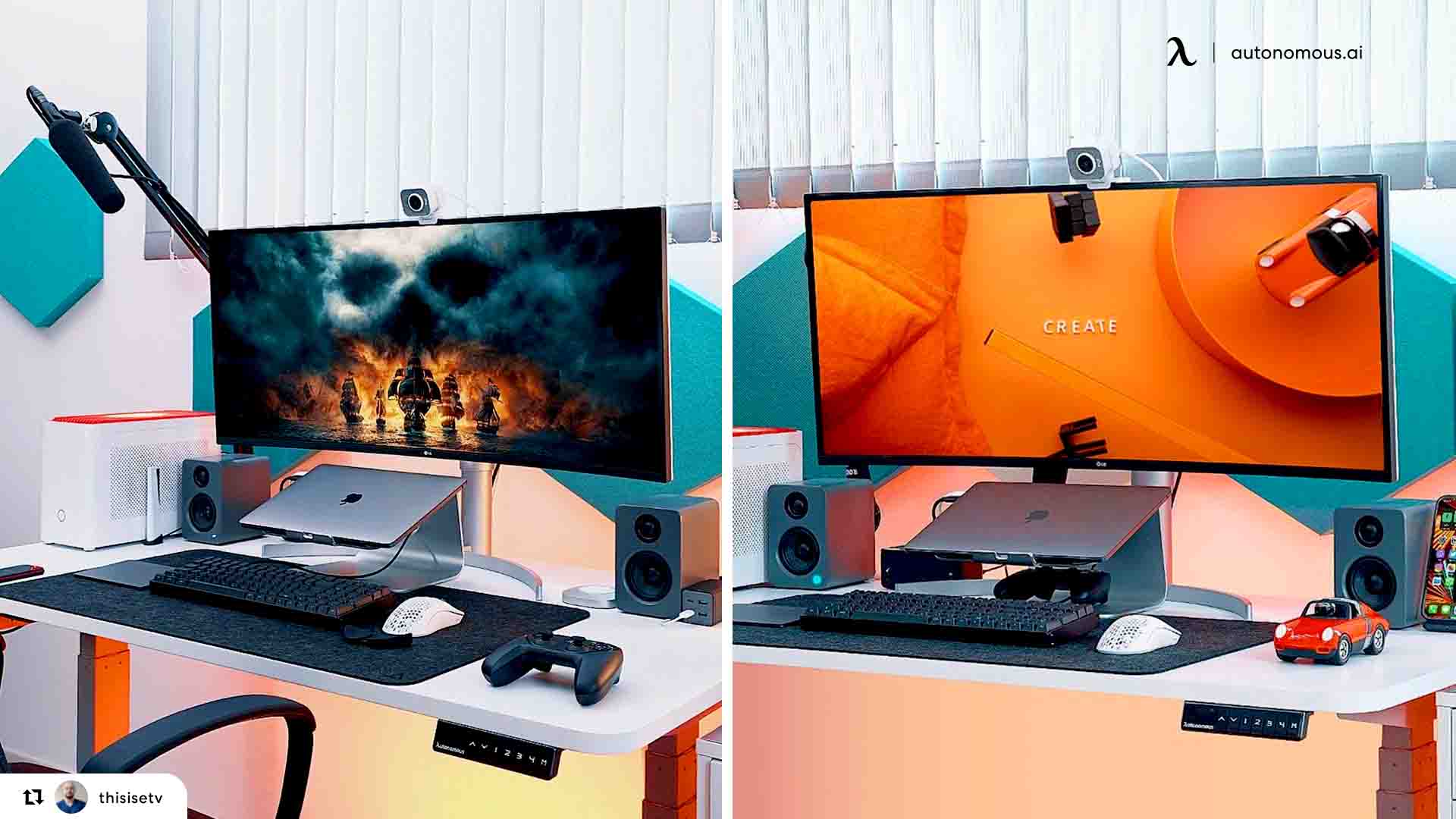
8. Home Office Setup
Create a dedicated workspace at home with a comfortable chair and a desk that supports good posture. Position your monitor at eye level, and ensure your feet are flat on the floor with your knees at a 90-degree angle. Use a stand to achieve the correct height.
Incorporate accessories like a footrest and a document holder to maintain proper desk posture for neck pain prevention.
A chair with adjustable features and lumbar support is crucial. This setup promotes a productive and comfortable work environment, reducing the risk of neck and shoulder pain in your home office.
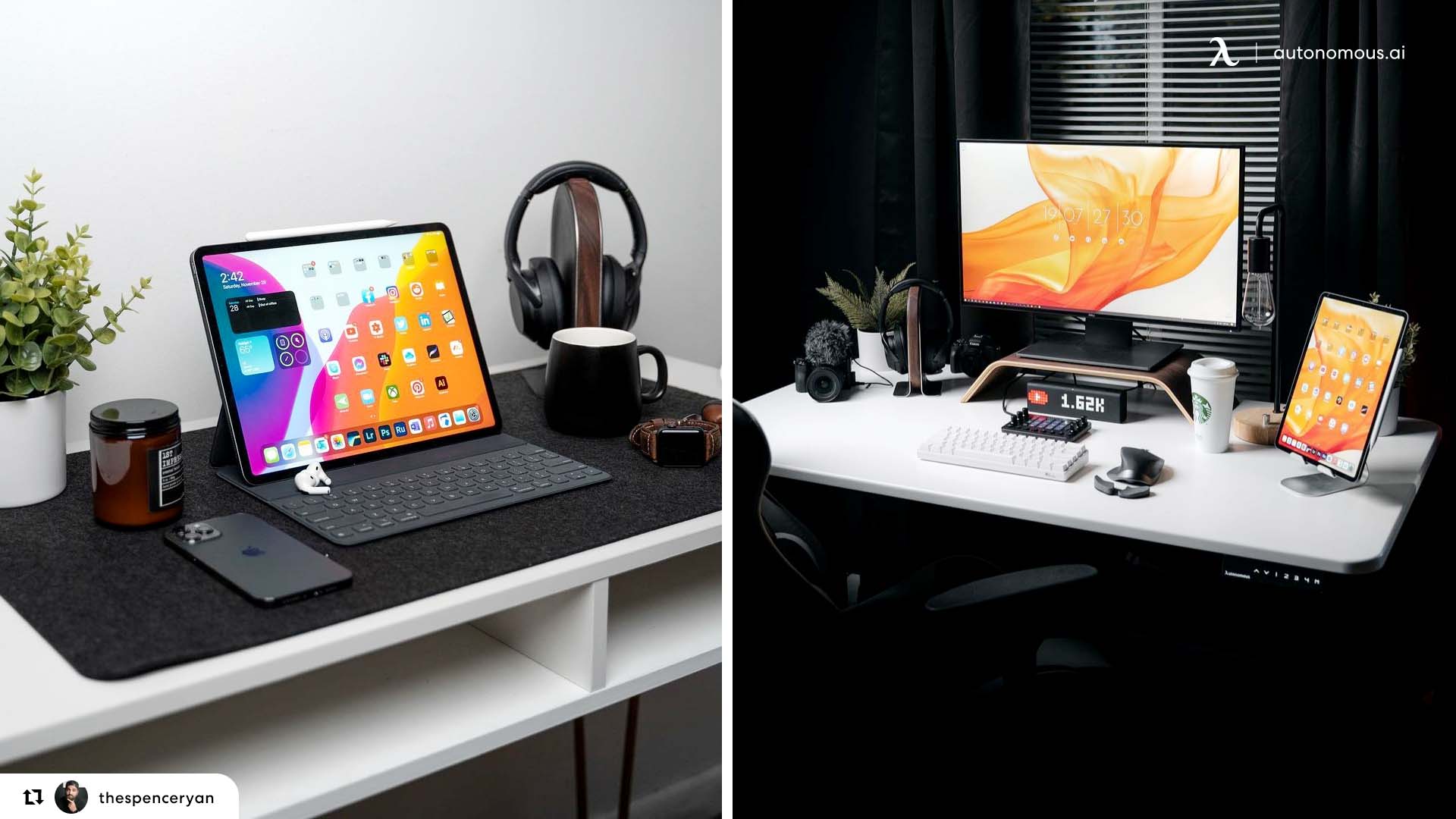
Frequently Asked Questions
What are the common causes of work-related neck pain?
Common causes of work-related neck pain include poor posture, prolonged sitting, and improper desk setup. Poor posture, such as slouching or leaning forward, strains the neck muscles. Sitting for long periods can lead to stiffness and discomfort. An improper desk setup, where the monitor is too high or too low, or the chair does not provide adequate support, can also contribute to neck pain.
How can I prevent neck pain while working at a desk?
To prevent neck pain while working at a desk:
- Ensure your workstation is ergonomically designed.
- Use an office chair with neck support and adjust it to maintain a neutral spine alignment.
- Position your monitor at eye level and an arm's length away.
- Take regular breaks to stand, stretch, and move around.
What should I look for in an office chair for neck pain?
The best office chair for neck pain should have adjustable height, lumbar support, and a headrest. The headrest should support the natural curve of your neck, preventing forward head posture. Lumbar support helps maintain the natural curve of your lower back, promoting a neutral spine alignment. Adjustable height and armrests ensure that your chair can be customized to fit your body, reducing strain on your neck and shoulders.
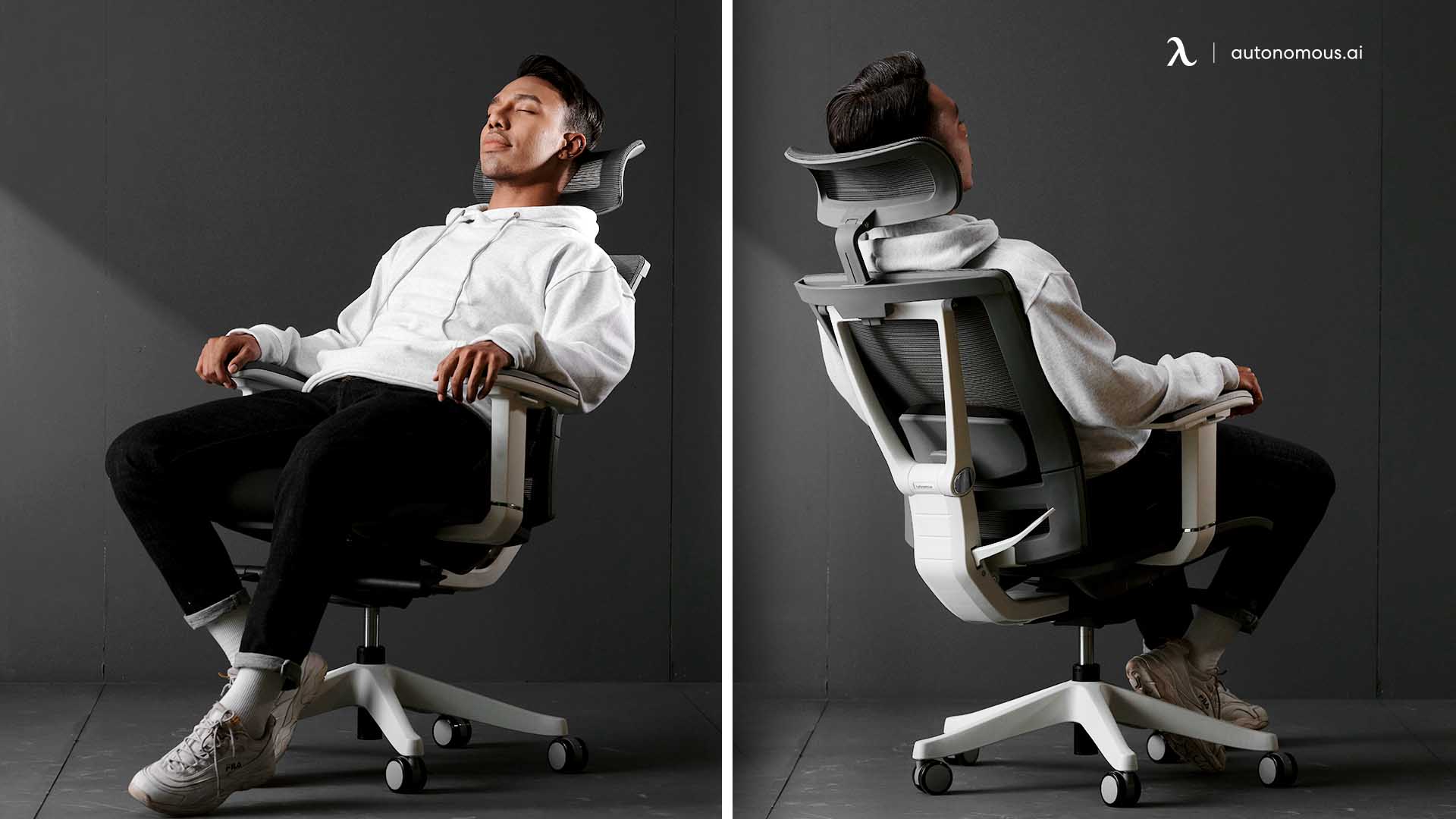
Conclusion
Creating an ergonomic workspace is crucial for preventing neck pain. By implementing the best desk setup for neck pain, you can maintain a healthy posture and reduce strain on your neck and shoulders.
Investing in the right office chair with a headrest and other ergonomic tools can make a significant difference in your comfort.
Bleiben Sie mit uns in Verbindung!
Abonnieren Sie unsere wöchentlichen Updates, um über unsere neuesten Innovationen und Community-Neuigkeiten auf dem Laufenden zu bleiben!
Interesse an einer Linkplatzierung?
.svg)



/https://storage.googleapis.com/s3-autonomous-upgrade-3/production/ecm/230914/bulk-order-sep-2023-720x1200-CTA-min.jpg)

/https://storage.googleapis.com/s3-autonomous-upgrade-3/production/ecm/230920/Emily-Chambers.jpg)